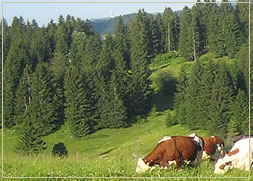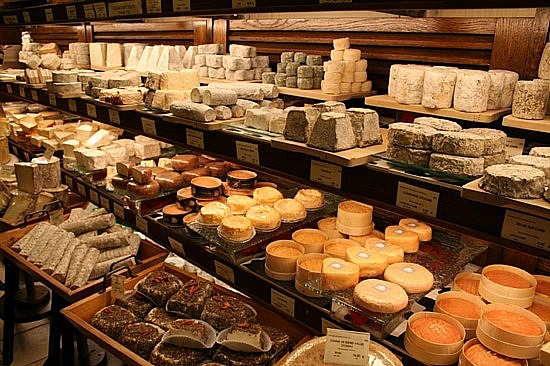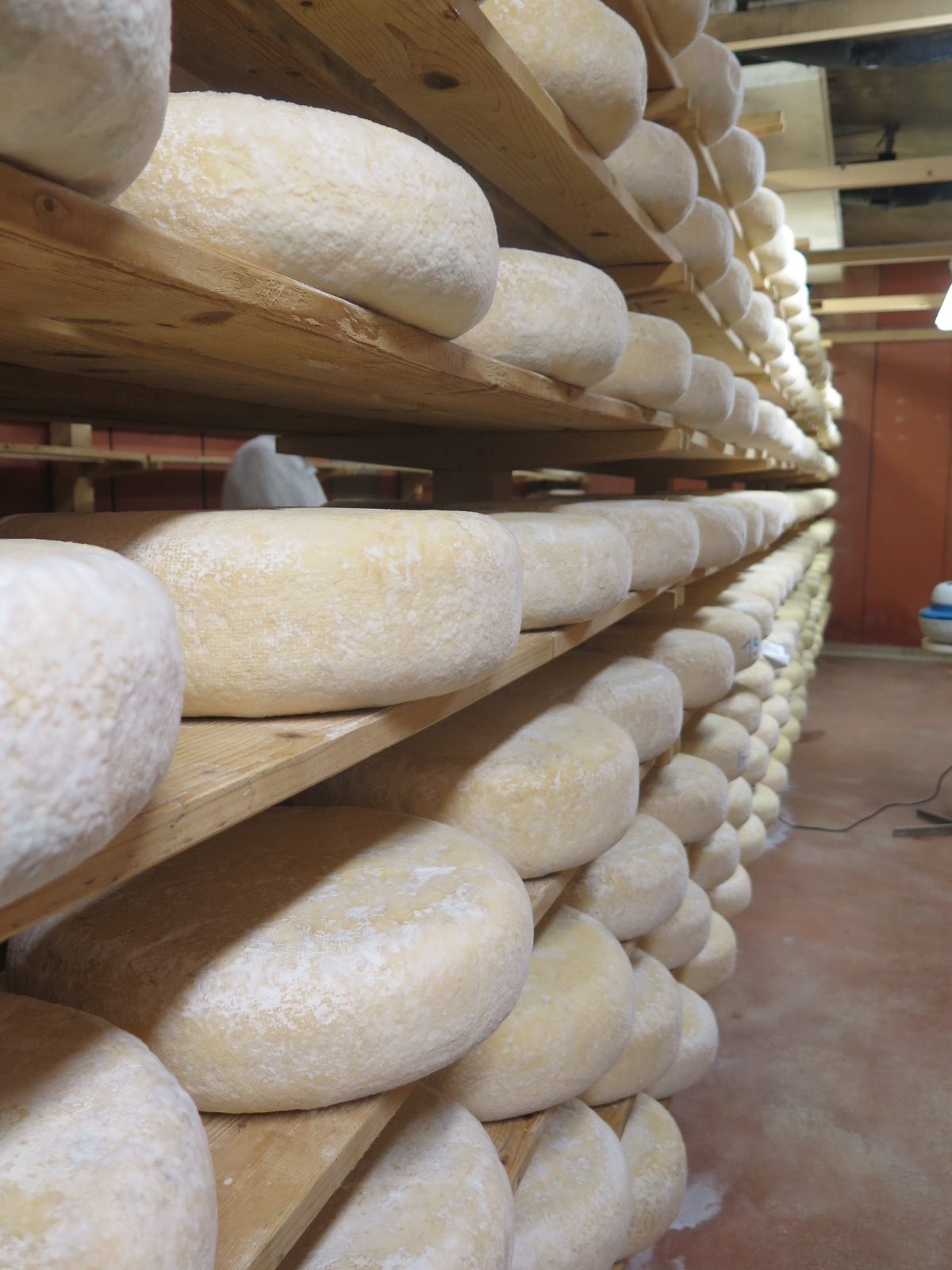When making cheese, use milk that is fresh clean and cold.

Why should milk used to make cheese be fresh, clean, and cold? The general opinion on using many perishable products, of which milk is just one, is that fresh produce offers better quality products to the consumer.
One of the factory managers told me many years ago that the policy for getting the best milk to the public was to make sure it was ‘Fresh, Clean and Cold’. That statement still stands today.
We all know that if you keep milk in your fridge, whether it is pasteurised, homogenised or raw milk, it will eventually spoil. This article refers mostly to milk that is pasteurised and not homogenised and is not specific to raw milk. If you have access to good quality raw milk to make cheese, this will be discussed in a later blog.
In Australia, the cold chain for milk production works the following way. Cows are milked twice daily, and the milk is cooled on the farm to below 4°C within a few hours of milk coming out of the cow. The milk is picked up from the farm in insulated tankers usually daily. Before it is picked up, the milk is sampled and tested for inhibitory substances before being loaded into the tanker with the other farms milk. Additional testing of those samples is also done back at factory laboratory. These tests assist the farmer in getting milk of a very high quality each day.

Once the milk gets to the factory, it is stored in insulated or refrigerated silos. The next step is for the factory to select where the milk will be used. Numerous options may be available, such as fresh liquid milk into bottles, cheese, UHT milk, cream, yoghurt, ice cream, flavoured milk, milk powder……
The milk that will be bottled is pasteurised by one of two methods: high temperature, short time pasteurisation (HTST), or batch pasteurisation. The former is a continuous process used for larger throughputs and the latter is a slower process but usually a less severe heat treatment. Pasteurised non-homogenised milk means the milk is diverted away from the homogeniser, which is a separate machine that stands beside the pasteuriser. The pasteurisation step kills approximately 99% of the bacteria in the milk, including all pathogens and, unfortunately, any good starter cultures that are present. Still, the remaining 1% can cause the cheesemaker problems. The pasteurised milk is then stored in an insulated or refrigerated tank and fed into bottling machines. The bottles are then moved straight to the cold room. The next step is the distribution; milk is loaded onto trucks and sent to small shops and larger distribution warehouses. The consumer (the cheesemaker) then purchases this milk, transports it home, makes cheese immediately with it, or stores it again in the home fridge. The best before added to the milk at bottling is approximately 14 days after pasteurisation.
By the time you get around to make cheese, the milk could be anywhere from a few days to several days old. You already know that refrigerated milk will eventually spoil. As milk ages in the fridge, eventually, you can see, smell and taste that the milk is off. The 1% of bacteria that survived the pasteurisation step will grow and multiply even if the milk is kept cold. Notably, growth is much slower at 4°C than if the milk is kept at, say, 15°C. This milk will not go sour as it ages. It will go putrid; it has a ‘yuk’ factor. There is a time period between freshly pasteurised factory milk that is a day or two old and milk used to make cheese but has not yet spoilt. This is an important point for the home cheesemaker. The bacteria that grow in the milk as it passes through the cold chain are called psychrotrophs. These bacteria grow slowly at refrigeration temperatures and faster as the milk temperature rises. It is important to point out that most psychrotrophic bacteria, while they can spoil the milk, do not cause food poisoning. One major exception is Listeria Monocytogenes.

For the psychrotrophic bacteria to grow and multiply, they require nutrition. They produce enzymes in the same manner that starter cultures also produce enzymes. These enzymes ‘digest’ the fat, proteins and sugars in the milk.
- A by-product of protein digestion is bitter milk
- A byproduct of fat digestion is rancidity
- A byproduct of lactose digestion is lactic acid
All three digestion processes are desirable when using starter cultures to make cheese. But this is milk in the bottle and the cheesemaking process has not commenced. If the milk is stored in your shopping trolley, then the boot of the car, the kitchen table, and even the domestic fridge in your home, it rises in temperature, and the psychrotrophs also have a party producing all of those enzymes. The warmer the milk gets eg in summer, the more partying the psychrotrophs do. When it is time to make cheese, the milk can have a higher residual level of psychrotrophs and enzymes. These undesirable enzymes will stay in the cheese as it matures, along with the desirable enzymes produced by the starter cultures you add.
The aim for the home cheesemaker should be to keep the milk as cold as possible after you purchase it and until you make cheese to slow down the rate of deterioration.
The reason for keeping milk fresh, the freshest milk, is that milk becomes stale as it ages. That means milk loses some of its desirable and pleasant flavours.
The reason for keeping milk clean during cheesemaking is that dirty surfaces allow more significant numbers of these undesirable bacteria into the milk. These undesirable bacteria may be spoilage and some may even be food poisoning types.
The milk is kept cold because the psychrotroph bacteria will grow significantly and produce more off-flavours at higher storage temperatures compared to lower storage temperatures.
To summarise, if you are purchasing milk to make cheese, where possible, select milk that is the freshest available, keep it chilled until you make cheese, especially in summer and ensure all equipment and utensils that come into contact with the milk clean and sanitise them before use.





